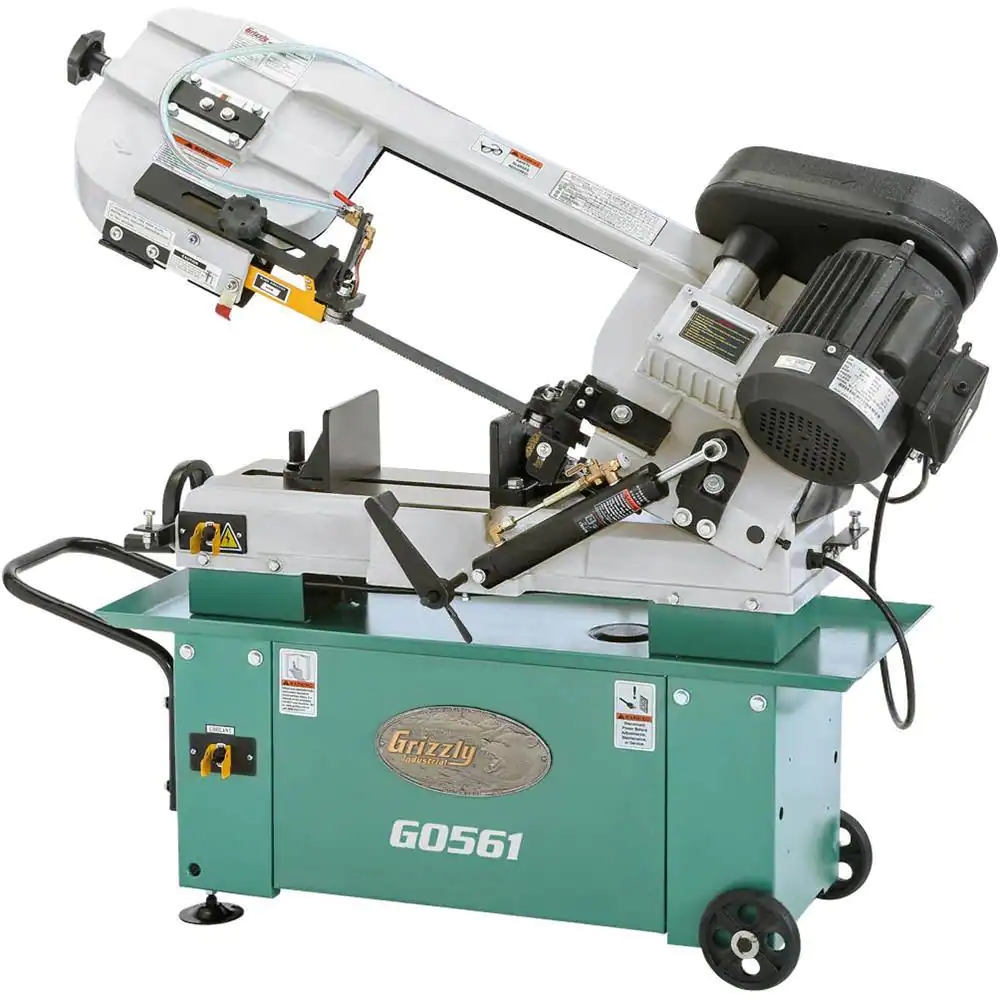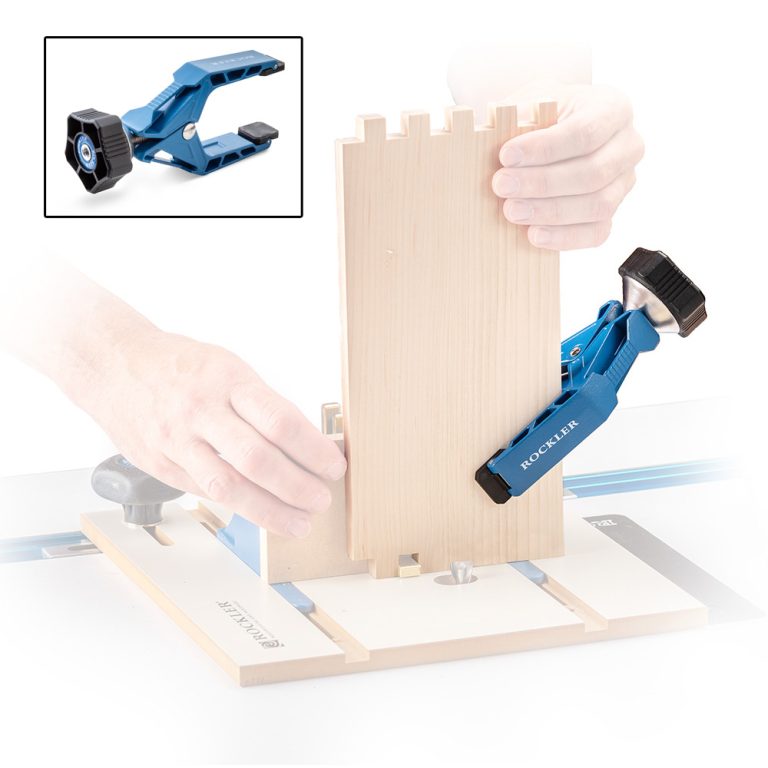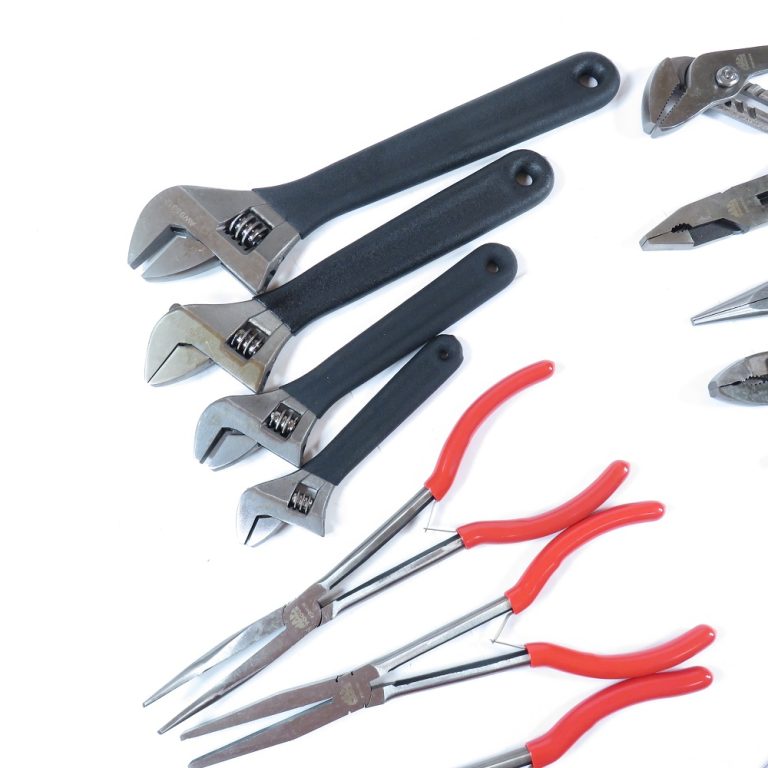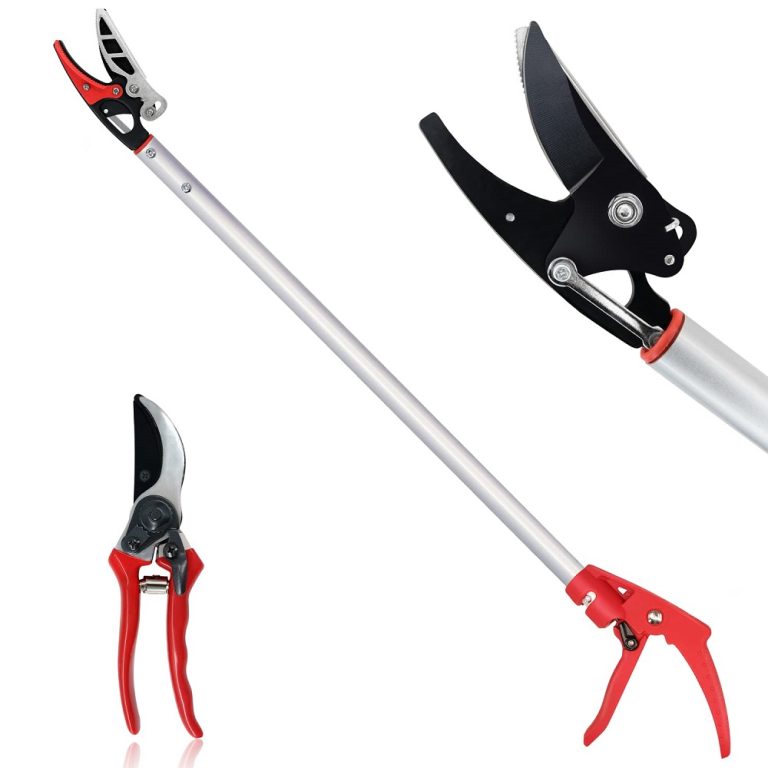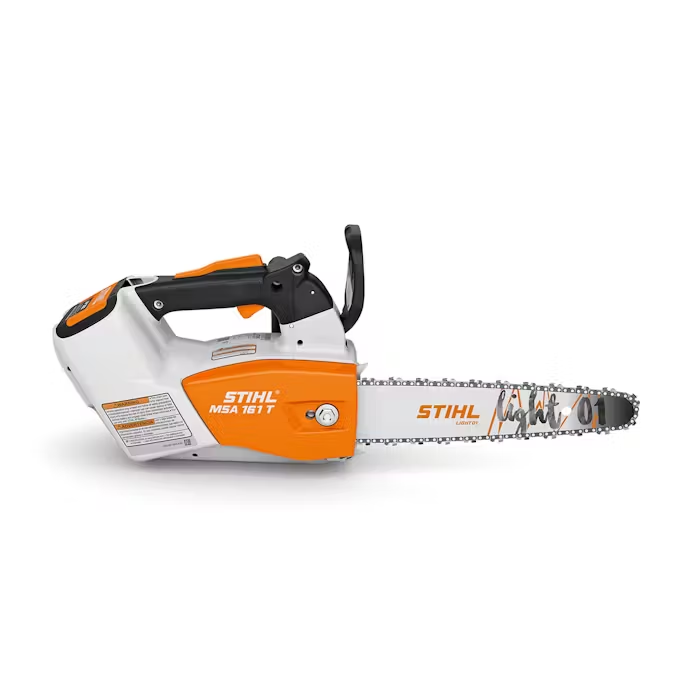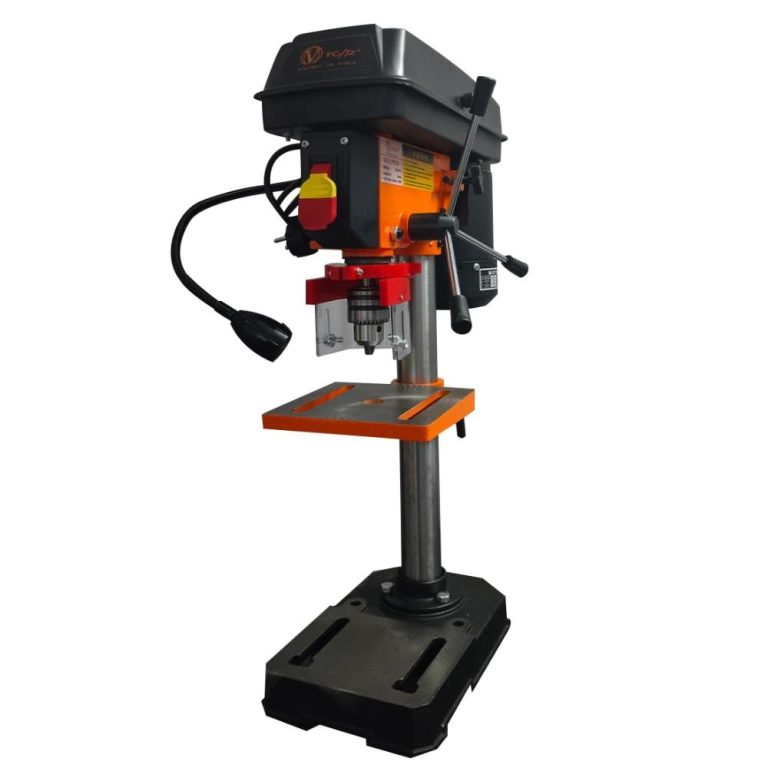Introduction to Metal Band Saws
Metal band saws are popular in many workshops. They make precise cuts in various metals. These saws use a blade made from a continuous band of metal with teeth along one edge. They can cut a range of metal types, including steel, aluminum, and copper. Metal band saws are versatile. They work in fabricating metal pieces to exact sizes. People choose these saws for their efficiency and accuracy. They use them for tasks that require intricate cutting. When selecting a metal band saw, consider the size and type of metals you will cut.
These saws come in different sizes and configurations. Each saw design has unique advantages. It’s important to pick a saw that fits the projects you plan to do. Metal band saws save time and reduce waste. They achieve clean cuts that need little to no finishing work. Saw operators must follow safety guidelines to operate these machines safely. Safety gear like gloves and goggles are essential. Regular blade maintenance is also crucial for peak performance.
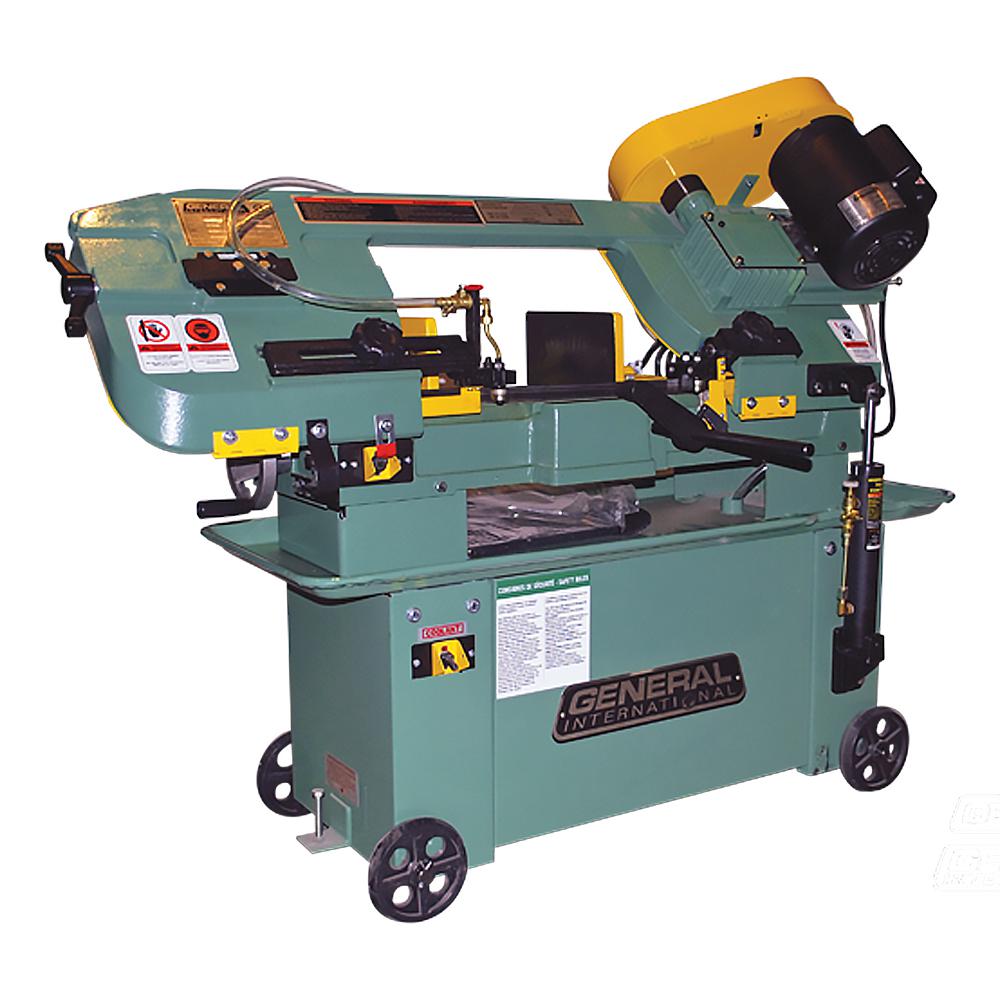
Types of Metal Band Saws
When exploring metal band saws, one must consider the various types available. Two primary categories define these saws: horizontal and vertical.
Horizontal Metal Band Saws
Horizontal band saws are ideal for projects requiring straight cuts. These saws lay flat, making them perfect for cutting long pieces of stock. Shops and fabricators use horizontal models for bulk metal cutting. They are robust, steady, and optimize handling of heavy materials.
Vertical Metal Band Saws
Vertical band saws stand upright. They offer more flexibility for intricate cuts. Artists and toolmakers prefer vertical saws for complex shapes. Their vertical orientation is excellent for making curves and complex forms. Moreover, these saws accommodate taller workpieces.
Each type of metal band saw suits different tasks. Horizontal saws are ideal for cutting large volumes at once. Vertical saws excel at detailed and intricate work. When deciding, assess the cut types and workpieces you plan to handle. Choose a saw that matches your need for precision and versatility.
Essential Features to Consider When Choosing a Metal Band Saw
Selecting the right metal band saw is crucial. Here are key features to consider before making a purchase.
Size and Power
Choose a saw that can handle the size and volume of your metal work. More power may be necessary for thicker metals.
Blade Type
The blade should match the metal type you plan to cut. Different blades are better for certain materials.
Cutting Speed
Adjustable speeds can improve cutting efficiency. Look for a saw that offers variable speed control.
Throat Depth and Cutting Capacity
Ensure the saw can fit and cut the size of your materials. A larger throat depth allows for bigger projects.
Durability
A heavy-duty construction will withstand consistent use. It provides long-term reliability.
Ease of Use
Saws with user-friendly controls and clear instructions are ideal. It makes setup and operation simpler.
Safety Features
Look for saws with safety guards and automatic shut-offs. They minimize the risk of accidents.
Additional Features
Consider saws with built-in work lights and dust collection. They improve visibility and cleanliness while working.
Make a checklist of these features. Match them to the metal band saw that best suits your needs. This will ensure optimal performance and precision in your cutting tasks.
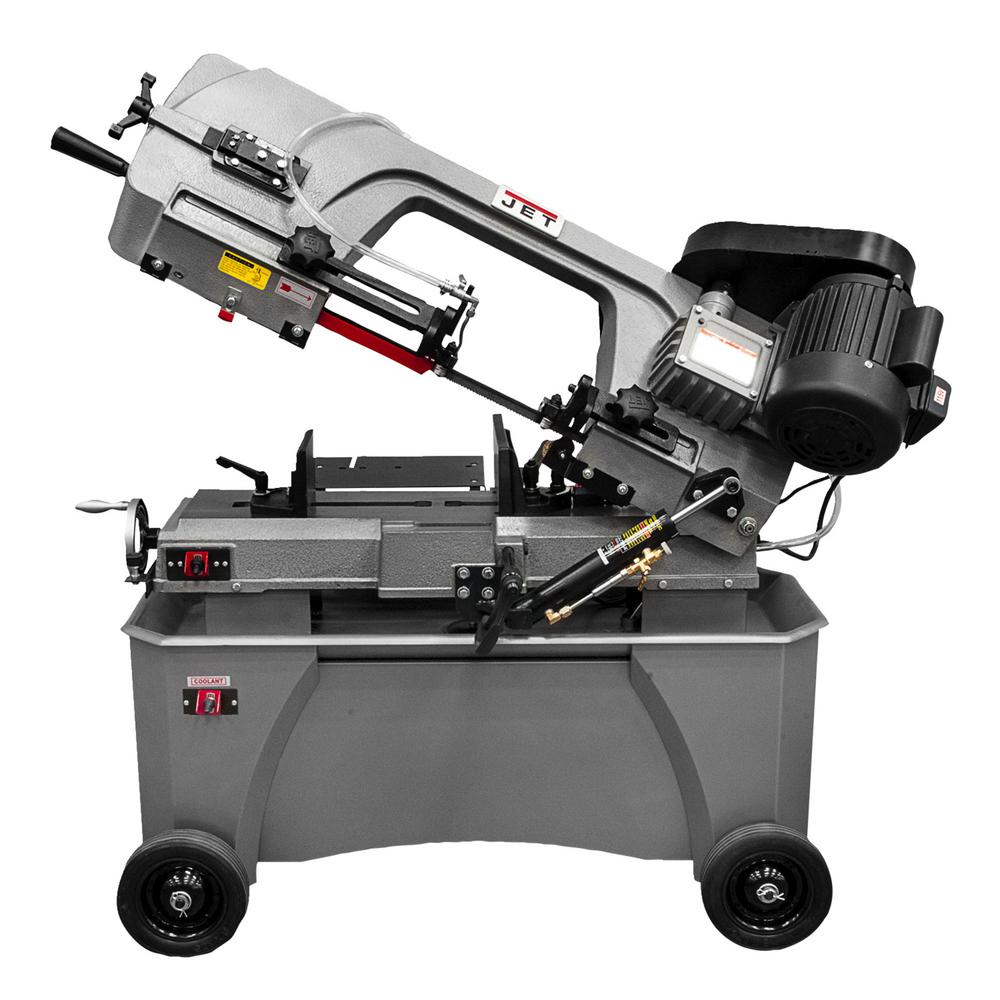
Safety Tips for Using Metal Band Saws
Proper use of metal band saws is essential for safe operation. Here are some top safety tips to follow:
Wear Appropriate Safety Gear
Always wear safety glasses to protect your eyes from metal chips. Don’t forget sturdy gloves to safeguard your hands.
Read the Manual
Understand your saw’s operation by reading the manual carefully. This prepares you for proper use and troubleshooting.
Check the Saw Before Use
Inspect the saw for any damage or issues before you start cutting. Ensure all parts function well.
Use Correct Blades
Select the right blade for the metal you are cutting. This prevents blade breakage and ensures better cuts.
Keep Guards in Place
Never remove blade guards while the saw is in operation. They are there to protect you.
Secure the Material
Make sure the metal is clamped down firmly. This prevents it from moving during the cut.
Avoid Distractions
Stay focused while working. Distractions can lead to accidents.
Maintain a Clean Workspace
Keep the area around your saw free of clutter. This reduces the risk of tripping or mishandling materials.
Know the Shut-Off Procedure
Be aware of how to quickly stop the machine in an emergency.
Don’t Rush
Take your time with cuts to maintain control and precision.Following these tips can help you operate metal band saws safely. Keep them in mind every time you use the saw to ensure a secure working environment.
Metal Band Saw Blades: Selection and Maintenance
Choosing the right blade for your metal band saw is vital. It ensures clean cuts and long blade life. Here are key points to consider when selecting a blade and how to maintain it.
Selecting the Right Blade
To start, look at the metal types you are cutting. Blades come in various tooth designs and materials. Fine-toothed blades work well for thin metals. Coarse-toothed blades suit thicker metals. Blades made from carbon steel are common and cost-effective. Bimetal blades last longer and handle tougher metals.
When picking a blade, match the teeth per inch (TPI) to the metal’s thickness. A higher TPI means smoother cuts but slower speeds. A lower TPI cuts faster but rougher. Always check the manufacturer’s recommendations for the material you’re cutting.
Maintaining Your Blade
Blade maintenance extends its life and performance. Here are simple steps to keep your blade in top shape:
- Regularly clean the blade with a brush to remove debris.
- Lubricate the blade to reduce friction and prevent rust.
- Check blade tension before each use for accurate cuts.
- Inspect the blade for wear or damage regularly. Replace it if needed.
- Sharpen the teeth when they become dull to maintain cutting accuracy.
By selecting the correct blade and maintaining it well, you will enhance your metal band saw’s cutting capabilities. This leads to more precise work and efficient operation.
Common Projects and Applications for Metal Band Saws
Metal band saws are crucial in various settings due to their precision cutting abilities. Their versatility allows them to be used for a wide range of projects across different industries. Below are some common applications where these tools excel.
Fabrication Work
In fabrication, accuracy is key, and metal band saws deliver. They are often used to cut structural steel, framework, and bespoke components. Their ability to handle large-scale materials makes them ideal for creating parts for machinery or architecture.
Automotive Industry
In the automotive sector, these saws cut through metal parts like exhaust pipes and chassis components. Their precision ensures parts fit exactly as intended, critical for vehicle safety and performance.
Artistic Metalwork
Artists working with metal frequently require intricate cuts. Metal band saws afford the accuracy needed to create complex sculptures, jewelry, and decorative items.
Maintenance and Repairs
Maintenance crews often turn to metal band saws for cutting spare parts. Their ability to produce precise cuts means less time spent on finishing and fitting replacements.
Hobbyists and DIY Projects
For those at home with smaller projects, metal band saws enable accurate cutting for DIY enthusiasts. They are especially useful for custom furniture, metal crafts, and home repairs.
Metal band saws tackle a variety of tasks, making them indispensable tools. Whether it’s in a large-scale industrial setting or a home garage, they offer the precision needed for high-quality results. The diversity of projects they can handle is a testament to their adaptability and efficiency.
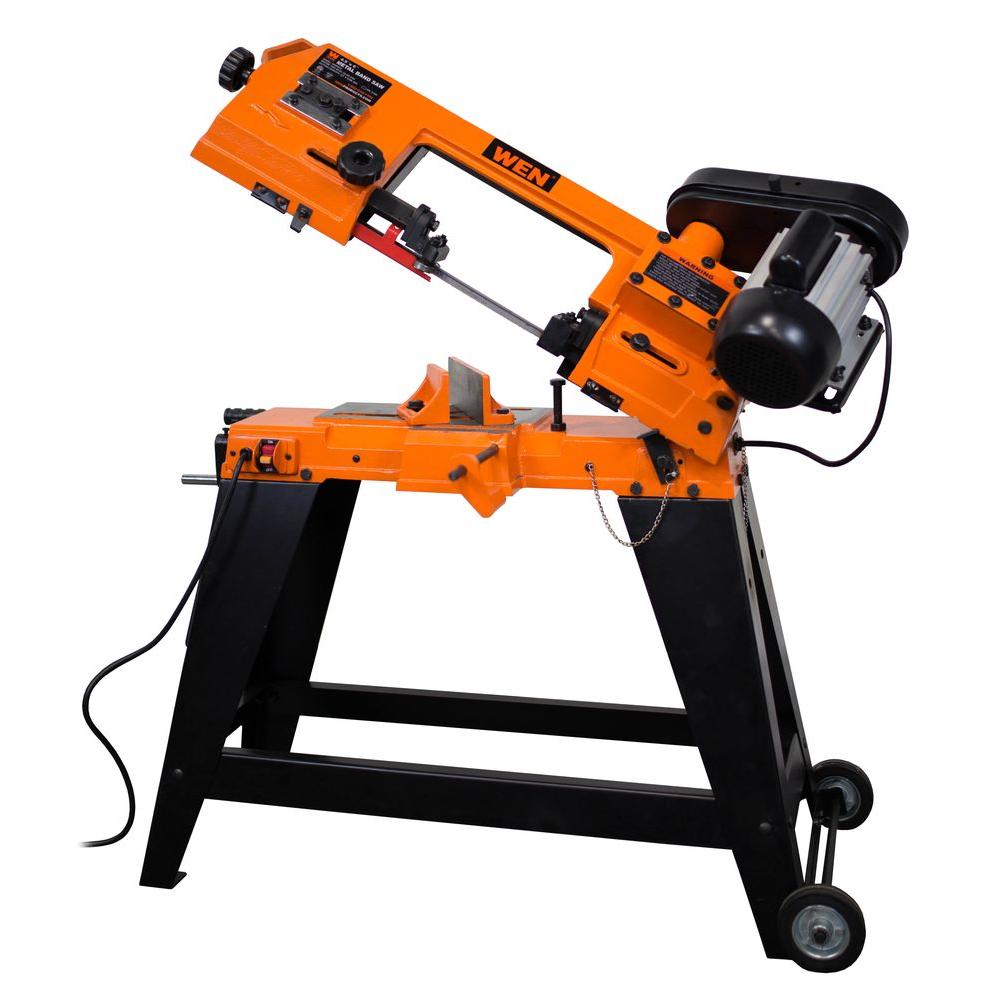
Advantages of Using Metal Band Saws for Precision Cutting
Metal band saws offer numerous advantages for precision cutting, making them valuable tools in many workshops and industries. Here are some of the main advantages:
Accurate Cuts
Metal band saws deliver high-precision cuts. This accuracy is crucial for ensuring that components fit together perfectly. For projects that require exact measurements, these saws are indispensable.
Versatility
These saws handle various metal types and thicknesses. Workshops can cut steel, aluminum, and copper with one tool. This versatility saves time and resources, as there is no need to change tools for different materials.
Efficiency
Metal band saws are efficient. They cut quickly and cleanly, reducing the need for after-cut finishing. This efficiency leads to faster completion of tasks and projects.
Reduced Material Waste
The precision of metal band saws minimizes material waste. Their clean cuts mean less scrap metal, saving costs and resources.
Safety
These saws often come with built-in safety features. These features protect operators from injury, making the workplace safer.
Cost-Effective
Long-term use of metal band saws can be cost-effective. Their durability and efficiency lead to lower operational costs over time.
By using metal band saws for precision cutting, workshops and industries can enjoy these benefits. The ability to produce accurate, clean cuts in an efficient and versatile manner is a substantial advantage. Plus, the emphasis on safety and cost-effectiveness adds further value to their use in various applications.
Tips for Achieving Optimal Results with Metal Band Saws
To get the best performance from your metal band saw, follow these simple tips:
Choose the Right Blade
Always match the blade to the metal you are cutting. Ensure its teeth fit the job.
Maintain Proper Blade Tension
Too tight or too loose can lead to bad cuts and wear. Adjust the tension right.
Use Adequate Lubrication
Lubricants help reduce friction and heat. This prolongs blade life and improves cuts.
Keep the Band Saw Clean
Clean your saw often. Remove metal chips and debris that can harm the machine.
Inspect Your Saw Regularly
Look for signs of wear or damage. Fix problems early to keep your saw cutting well.
Follow Manufacturer Guidelines
Always check the saw manual. Use the recommended settings for your cutting tasks.
Don’t Overload the Saw
Avoid forcing the machine through the material. Let the saw cut at its own pace.
Secure the Workpiece Firmly
A stable metal piece prevents movement and rough cuts. Clamp it down well.
Monitor Cutting Speed
Adjust the speed according to the thickness of the metal. Right speed equals better cuts.
Train on Saw Operation
Learn to use your metal band saw correctly. Proper training leads to better, safer work.
By applying these tips, your metal band saw will perform at its best. You’ll achieve clean, precise cuts every time, keeping your projects on track and reducing waste. Remember to focus on blade selection, saw maintenance, and following the manufacturer’s guidelines to obtain the finest results possible with your metal band saw.
